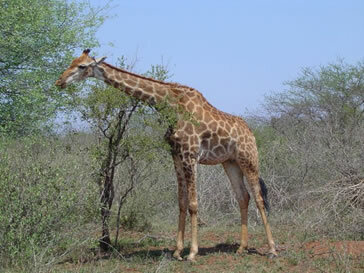THE Ecology it is the part of biology responsible for the study of living beings and their interactions with each other and with the environment in which they live. This science can be studied at different levels, therefore, it is essential to know the hierarchy of ecological organization.
Organization levels can be defined as a set of elements grouped in an increasing order of complexity. In Ecology, studies start above the level of an organism and extend to the so-called biosphere. See below the levels of organization studied in Ecology:
POPULATION → COMMUNITY → ECOSYSTEM → BIOSPHERE
→ Population
THE population it can be defined as a set of organisms of the same species that live in a certain area and in a certain period of time. In the figure below, we have a population of lions.

Observe multiple individuals of the same species together
→ Community
A community can be defined as the set of different species that live in a given place, that is, the set of populations that develop in a region. In the figure below, it is possible to observe populations of giraffes and zebras forming a community.

A community has multiple populations
→ Ecosystems
Ecosystem is the name given to communities, the non-living part of the environment and its interrelationships. In it are found all the necessary variants to have life, being, therefore, self-sufficient.
The ecosystem can vary widely in dimensions. An aquarium with plants, for example, despite being small, can be considered an ecosystem, as it contains living beings and non-living factors, in addition to the exchange of matter and energy. The ocean, with all its extension, can also be considered an ecosystem.

The ocean is a big ecosystem
→ Biosphere
The biosphere is the most complex level studied in Ecology and can be defined as the set of ecosystems found on the planet. We can further define biosphere as the part of the planet that has life.
Take the opportunity to check out our video lesson on the subject:



